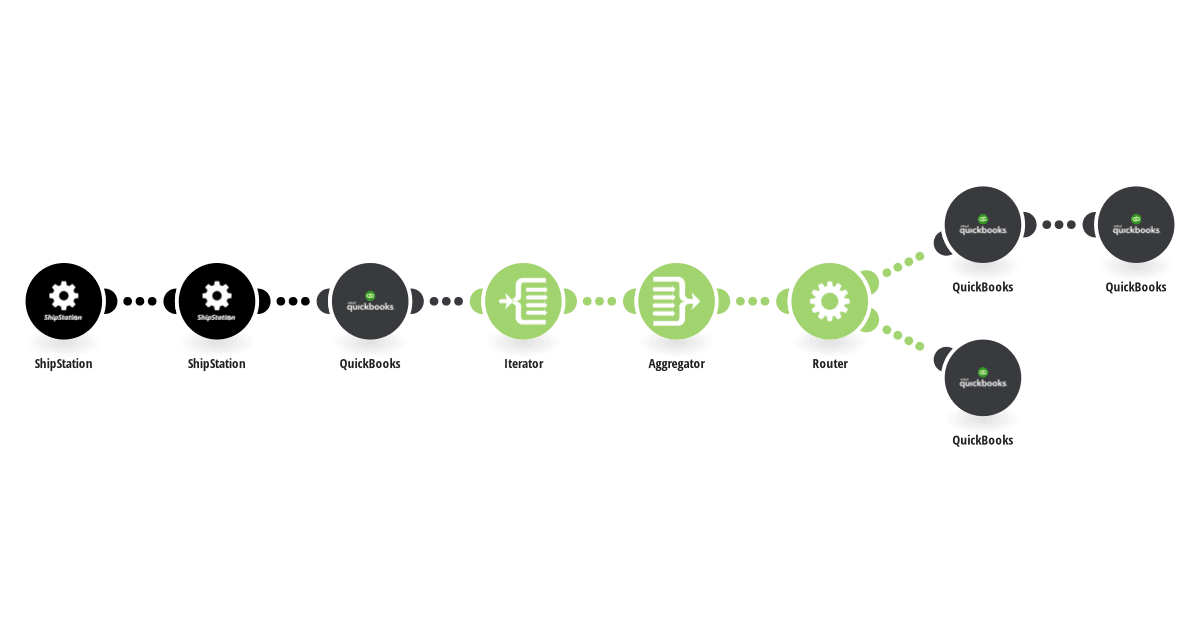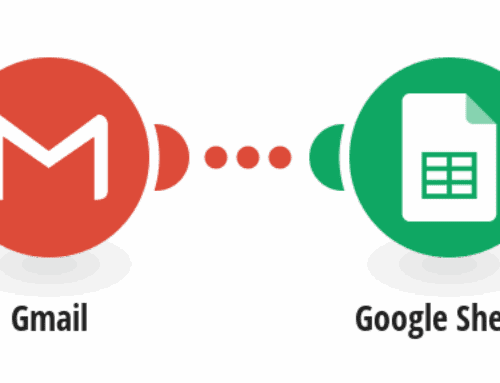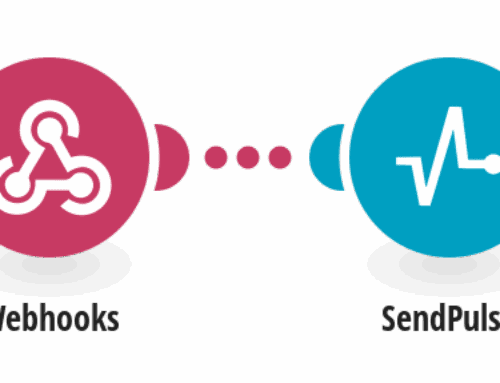How to Automate QuickBooks Sales Receipts with ShipStation Orders
Introduction to Automation in E-commerce
In the fast-paced world of e-commerce, efficiency is king. Managing orders and sales data manually can be a daunting task. What if there was a way to streamline these processes? Enter automation. Automation tools not only save you precious time but also minimize errors. By automating routine tasks like creating sales receipts in QuickBooks for your ShipStation orders, you can focus more on growing your business.
With the right tools, you can integrate different platforms, ensuring a seamless flow of data. This integration helps in maintaining accurate records, enhancing customer satisfaction, and ultimately boosting your bottom line. So, are you ready to explore how you can make this magic happen? Let’s dive into the nitty-gritty of automation using the Make.com template.
Understanding the Basics: QuickBooks and ShipStation
To automate effectively, understanding the tools at your disposal is crucial. QuickBooks, a robust accounting software, helps businesses manage their finances effortlessly. From tracking expenses to invoicing clients, QuickBooks offers a range of features that cater to all business sizes. Its ease of use has made it a staple for many entrepreneurs.
On the other hand, ShipStation is a powerful order management and shipping software that simplifies the processing of online orders. It provides tools for managing shipping carriers, printing shipping labels, and more. If you’re an e-commerce seller, ShipStation is likely a cornerstone of your operations. Integrating it with QuickBooks can significantly enhance your workflow.
Benefits of Automating Sales Receipts
Why go to the trouble of setting up automation for sales receipts? The benefits are plentiful. Firstly, automation reduces the risk of human error. Manual entry is prone to mistakes, which can lead to financial discrepancies. With automation, data is transferred accurately and consistently between platforms.
Additionally, automated processes save time. By eliminating manual data entry, you free up hours that can be better spent on strategic activities that drive growth. Automation also ensures that your financial records are always up-to-date, providing real-time insights into your business finances.
Getting Started with Make.com
Make.com is your gateway to connecting QuickBooks and ShipStation effortlessly. This platform offers user-friendly templates that require minimal technical know-how, making it accessible even for non-tech savvy users. To kickstart the process, you need to create an account on Make.com and choose the appropriate template.
The beauty of using Make.com lies in its flexibility. You can customize the template to meet your specific business needs. Whether you want to capture additional data fields or adjust the frequency of data transfer, Make.com makes it feasible.
Step-by-Step Guide to Setting Up the Template
Setting up the integration is a straightforward process. Start by signing into your Make.com account and navigating to the templates section. Once there, search for the ‘QuickBooks Sales Receipts for New ShipStation Orders’ template. Select it and follow the on-screen instructions to link your QuickBooks and ShipStation accounts.
After connecting the accounts, you’ll be prompted to customize the template. You can set trigger conditions, choose data fields to be transferred, and define how often the automation should run. Once everything is configured, activate the automation to start processing sales receipts effortlessly.
Customizing the Automation Process
Customization gives you control over how automation works for your business. Perhaps you wish to include additional information from your ShipStation orders in QuickBooks, such as customer notes or specific product details. By tweaking the template settings, you can tailor the automation to capture this information.
You can also decide the frequency of data transfer. Do you want sales receipts created instantly after an order is placed, or would you prefer a daily summary? Adjust these settings to align with your operational needs and ensure smooth data flow.
Troubleshooting Common Issues
As with any technological tool, issues may arise. However, most common problems can be easily resolved. If the connection between QuickBooks and ShipStation fails, double-check your log-in credentials and API keys. Ensuring that both accounts have the necessary permissions can also prevent integration hiccups.
If data is not transferring as expected, review your template settings. Ensure that the correct data fields are mapped and that triggers are appropriately set. Make.com’s support resources and community forums are excellent places to seek help if you encounter persistent issues.
The Impact of Automation on Business Growth
Automation isn’t just about simplifying processes; it’s a catalyst for business growth. By handling mundane tasks automatically, you can allocate more time and resources towards strategy and innovation. This shift empowers you to scale operations without proportionately increasing overhead.
Moreover, maintaining accuracy in financial records enhances decision-making. Real-time data available through automated processes allows you to respond swiftly to market changes. Thus, adopting tools like the Make.com template is a step towards modernizing your business operations.
Conclusion
Automation is revolutionizing how businesses operate, offering unprecedented efficiency and accuracy. Integrating QuickBooks with ShipStation via Make.com is a testament to how technology can simplify complex processes. By automating sales receipt creation, you not only save time but also improve financial accuracy and record-keeping.
Ready to transform your e-commerce business? With the guidelines provided, you are well-equipped to set up this integration and enjoy the numerous benefits it offers. Begin the automation journey today and watch your business thrive.
FAQs
What is the main benefit of integrating QuickBooks with ShipStation?
The main benefit is the automation of sales data transfer, reducing manual input errors and saving time, thus enhancing overall operational efficiency.
Do I need technical skills to set up the automation on Make.com?
No technical expertise is required. Make.com offers user-friendly templates that guide you through the setup process, making it accessible to everyone.
Can I customize the data fields being transferred between ShipStation and QuickBooks?
Yes, you can customize the data fields to suit your business needs. The templates allow for adjustments in data mapping and trigger conditions.
What should I do if the integration fails?
First, verify your login credentials and API permissions. If issues persist, consult Make.com’s support resources or community forums for assistance.
How often should I run the automation for optimal results?
The frequency depends on your business requirements. You can run the automation after each order or choose a daily schedule based on your operational needs.







